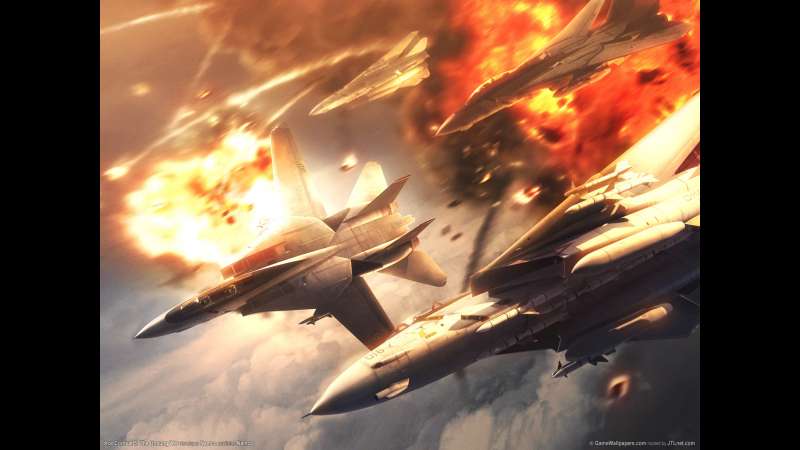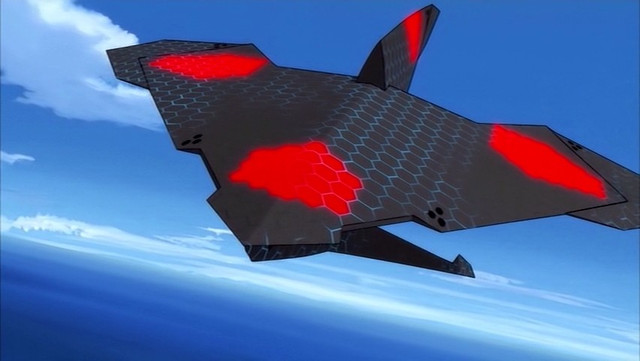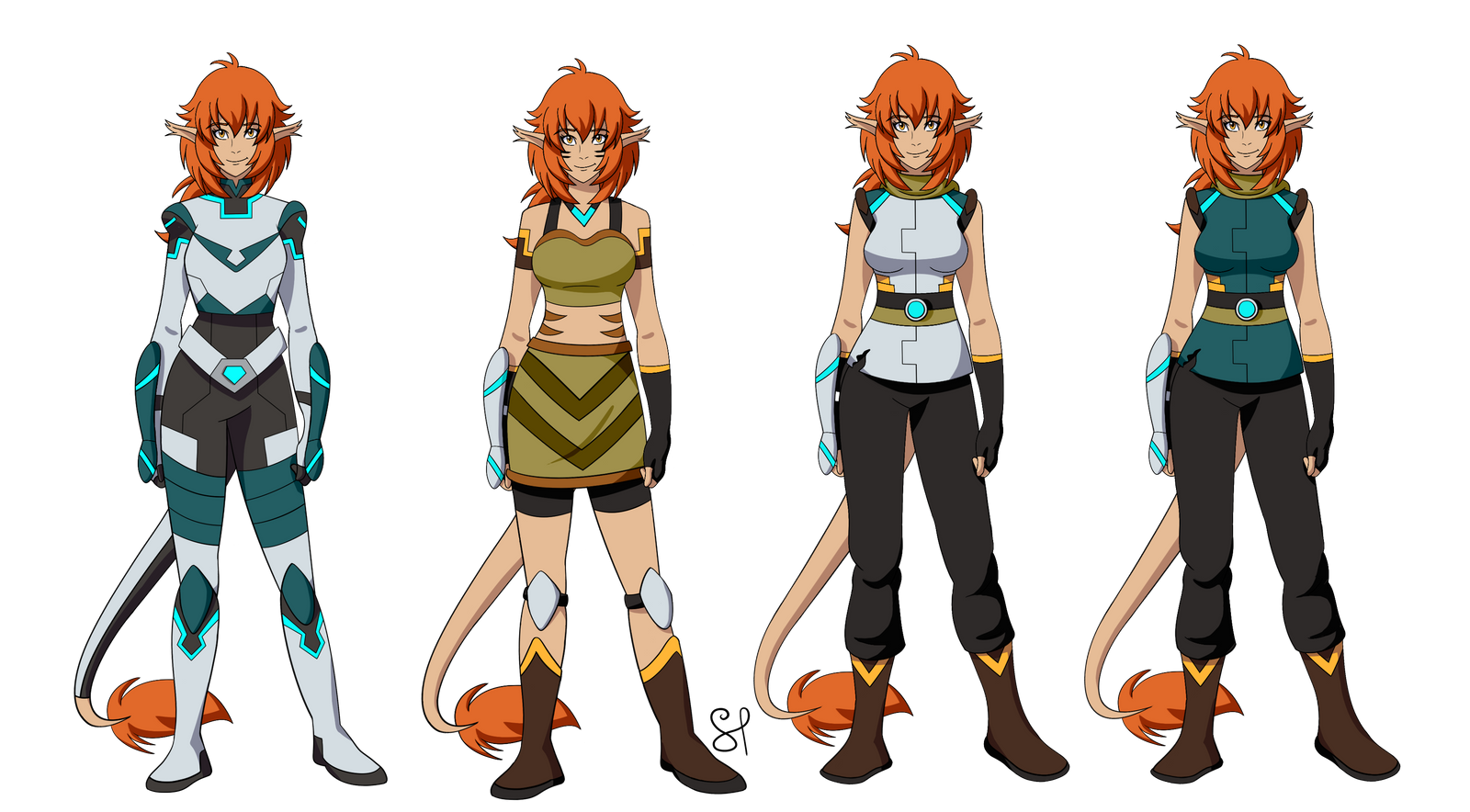It was in 2005 that the portal opened. There was no real warning; if there had been something that set it off, some accident or event somewhere in Tokyo in a lab, or some strange convergence, then all evidence in gone now.
Square miles of city were annihilated in moments as ‘the event’ swallowed them up. It looked like a gas giant planet, embedded in the ground and gouging a chunk out of Japan. It was visible from miles away, deforming the horizon and visible from space. It tore up the ground, and the devastation ruined the land around it for miles.
And that was all after-effects. What happened at the time was what everyone remembers. They came, the invaders. Swarms of their fighters, bombers, transports and other craft swept through the barrier, opening fire on refugees, intact buildings and facilities, military assistance and more. Spreading outward, they landed ground troops and began to pillage and plunder everything. Prisoners were taken, materials were looted, and more destruction followed. More and more of them followed, and in turn the forces of Earth began their counterattack.
After 5 years of brutal fighting eventually, we learned more about them - though, not enough. Hardwired self-immolation triggers stopped many of their bodies from being available to study. However, through cunning, daring, skill and determination, the forces arrayed against the invaders scored intelligence and information, and began to fight back, slowly pushing them back; first into Japan and then further, island by island, in scores of massive actions on land, at sea, and in the air, until they were, four years after their initial invasion, pushed back through the portal and to their own world.
The portal - by now named ‘Tokyo Jupiter’, because of its’ appearance - was ringed by defences, outside of an exclusion zone of fifty miles.
And then humanity caught its breath.

The portal still remained, which meant that another ‘event’ could happen anytime soon. And there was the question of what was on the other side. The decision was almost unanimous, though it came after another two years of discussion and debate, and was only ended when Invader missiles came through the portal, and began to impact on the land around it.
It had to be explored, the war had to be taken to them.
Drones and probes were sent through to chart the world on the other side, and it was found to be a planet very much like Earth, albeit less built up and with some small differences. Life was found in abundance, plant and animal life, and traces of other advanced life, besides the Invaders themselves - and they were still there too, destroying the drones not long after they arrived, and amassing their forces for another invasion.
A special committee of the UN was formed, one with primarily military goals in mind: it’s job would be to establish an operating base on the world beyond Tokyo Jupiter, and bring the fight to aliens. The species they held enslaved on the other side would be liberated after intelligence was gathered, and the new world - christened Avalon - would be explored and surveyed in detail, once the counter-attack was underway.
The only reliable way to access Avalon was via the air, and massive air ferrying efforts began, raw materials, equipment and personnel shuttled through the Tokyo Jupiter portal to establish an operating base on the other side. The Combined Expeditionary Forces had been formed, and they began to take the battle to the Invaders.
The Expeditionary Force arranged into units, squadrons and other such divisionary lines. Personnel and equipment from different nations were assigned together in new and radical ways of thinking appropriate to fighting a new enemy on a new world. Slowly the Expeditionary Force began to develop its’ own identity, here on the ‘other side’ away from the real world, back ‘there’, home, shore-side, of Earth, split by so many millions and millions of miles of space, yet only a few short hours of flight through the portal.
The locals - friendly, curious and eager to learn about the new ‘people from the sky’ who were fighting the Yerrill - slowly they began to come and look at the new arrivals - and, over the months, a kind of settlement grew up around the walls of the Expeditionary Forces’ main base. Expeditionary Forces personnel and international aid workers began to change the town from a shanty town into a settlement of sorts, distributing power, water, and food to the Avalonians, and slowly the town took on a kind of quasi-legitimate status. MP’s began to patrol it, with local volunteers assisting, and it became a place for R&R, trade and swapping stories. Avalonians bought their own food, drink, entertainment and company for the soldiers of the Expeditionary Forces, breaking up their monotony, and over the weeks and months, more and more of the friendly natives began to make friends with the humans as they learned one another’s language and customs.
All of this became the backdrop for the ongoing war against the hostile aliens - now known as the Yerrill, from the local species - who it turned out had invaded this world in turn, bringing with them slaves from other places who had become part of the local population. The humans were the first ones to fight back any kind of effectively.
Among the Expeditionary Forces many squadrons is the 101st Tactical Fighter Wing. A mixed bag of pilots and planes, nothing too exceptional, nor too bad. Relatively newly formed, the 101st will, though they don’t know it yet, find themselves at the heart of learning more about the Yerrill, about the locals of Avalon, and about the history of this war and how it started. And in doing so, will become a lot more famous than even they could imagine…




